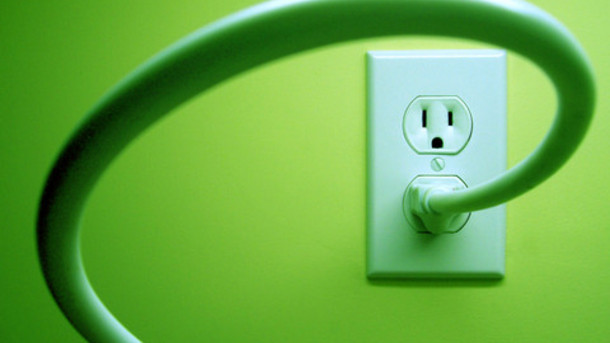Max Ma, ERS, for Zondits
Plug loads are any electrical devices or appliances that draw power from an electrical wall outlet, including computers, monitors, printers, copiers, vending machines, coffee machines, and many others. When plug loads draw power for an extended period in an idle mode, the idle power use is referred to as phantom power, since users are often unaware of this power consumption. Innovative solutions have been proposed and tested to reduce the phantom power, with varying degrees of success. Most common solutions include smart power strips, wirelessly connected plug controls, and computer software. All plug load controls seek to shut off the controlled devices when active uses are not expected, such as during non-business hours in an office setting, or after-store hours in a retail business.
 However, targeting phantom plug loads comes with the risk of phantom energy savings: savings theoretically quantified but not realistically achieved. The following sections highlight the practical challenges observed with the implementation of plug load controls.
However, targeting phantom plug loads comes with the risk of phantom energy savings: savings theoretically quantified but not realistically achieved. The following sections highlight the practical challenges observed with the implementation of plug load controls.
User Education
Frequently, plug load controls were marketed and approved at the building owner or corporate level, with relatively little effort spent on educating the daily users who are closest to these controls. This can result in unintended removal or deletion of the devices, intentional circumvention of the devices for fear of being monitored, or using the devices for unintended end uses. A good example is the case of a middle school, where wireless controls were installed to shut off office equipment after school hours. During an after-hours open house – a one-time event – school staff panicked as printers, computers, and copiers were without power. One teacher discovered that bypassing the control would restore the device power, and the practice of bypassing the controls became habitual among most staff members. The control’s capability to restore power at the press of a button, however, was never communicated to the staff, leaving hundreds of sophisticated controls as mere outlet decorations.

Persistence
The persistence of a plug load control depends not only on the expected life of the control, but also on that of the controlled device. In an office or school setting, where these controls are most frequently deployed, the effective controlled device life becomes the limiting factor. Devices could become disconnected from their controls during janitorial work, with staff turnover, with electrical repairs, or with equipment servicing. For example, new occupants of office space often assume that the controls belonged to previous occupants, and would treat them as any other lost-and-found item – uninstall and archive.
Device Compatibility
As much as the plug load controls are intended for universal use, some devices fare worse than others when plugged into a control. IT professionals tend to be particularly wary of scheduled computer shutdowns for their interference with remote updates and network maintenance. Modern smart devices – those with their built-in computers and power-management capabilities – may be particularly susceptible to malfunctions after power interruption not initiated by the devices themselves. A classroom computer in an elementary school, for example, may suffer hard disc crashes when children repeatedly press the power button to restore the computer power after a scheduled shutdown.
A blanket schedule applied to each facility may also fail to account for the schedule requirements of each controlled device. While desk lamps and fans may turn back on within seconds, computers, printers, and copiers may require a few minutes, while refrigerated vending machines would require an hour or more to restore normal operations. As a consequence, vending machine controls are more likely to be bypassed by end users.
Conclusion
With any plug load control technology, one must consider the design, implementation, and user education to maximize the persistence rate and minimize harmful side effects on the controlled devices. Despite the ongoing discovery of their limitations, plug load controls remain an effective tool of energy efficiency when thoughtfully implemented, as a helpful transition in this age of smart devices.
